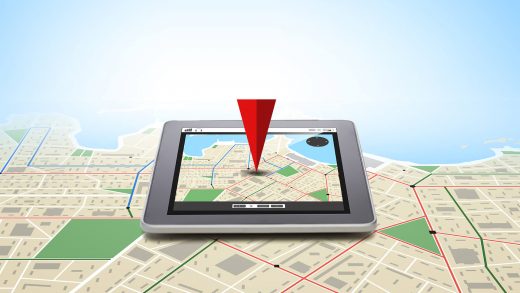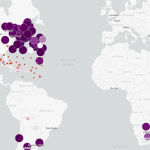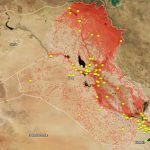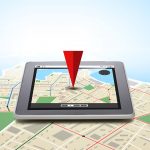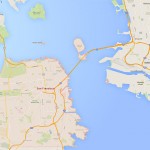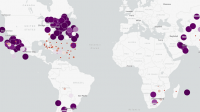Skyhook announces “next-gen geofencing” based on global WiFi database
Company says it can provide highly reliable store- specific visitation data, even in malls.
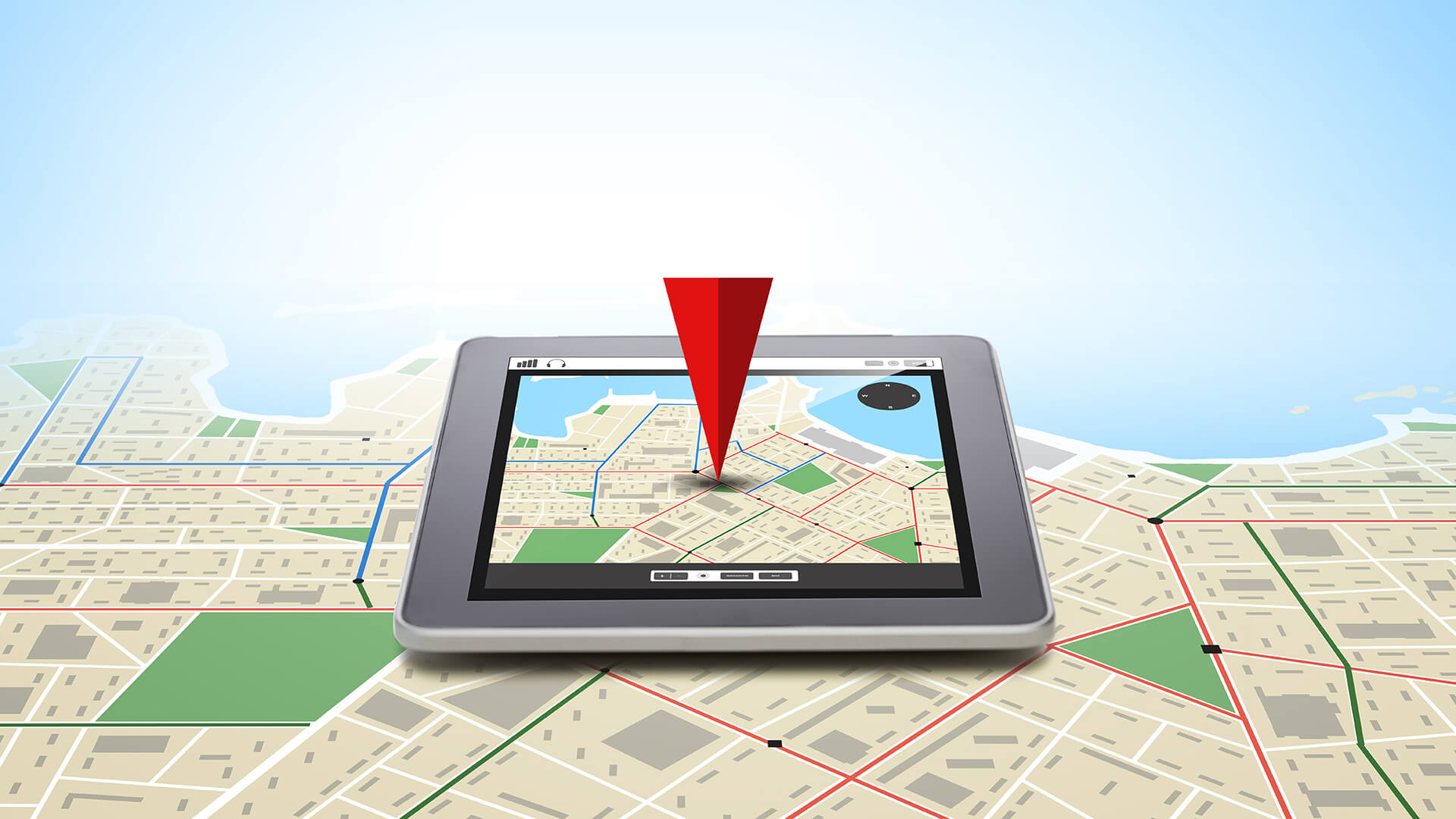
Location targeting and intelligence company Skyhook has developed what it says is a more accurate methodology for geotargeting and in-store validation. The company is rolling this out under the banner of its “Skyhook Context” offering.
Skyhook was the original location provider for Android and iOS devices before Google and Apple brought those capabilities in-house.
The company says it has built associations between millions of places of interest and its global WiFi database, which has MAC addresses for more than 2 billion WiFi routers worldwide. Skyhook VP David Bairstow described it to me as “next-gen geofencing.”
In addition to more accurate location, Bairstow said that the company is building a better venue database as a byproduct of its approach. He asserted that 40 to 50 percent of venue locations in third-party databases today currently don’t have good enough data to do store visitation metrics and competitive analytics. This is especially true for smaller footprint stores (e.g., Starbucks locations).
Bairstow added that store visitation efforts typically capture nearby individuals, rather than just people in-store. However, Skyhook now can tell with “high confidence,” he explained, when a mobile user has crossed a venue or store threshold. “We’re not catching people nearby.”
Skyhook can also tell where the individual is in the store, based on proximity to WiFi routers. Bairstow explained that Skyhook’s algorithm looks at router signal strength as one of the factors in determining in-store location. There are no beacons involved. “It’s all software,” said Bairstow.
One of the many use cases is competitive geofencing. For example, hypothetically, Lowe’s might geofence HomeDepot to see what percentage of its customers shop there, too. It can also identify non-Lowe’s HomeDepot shoppers for targeting or regargeting later online. And this can take place on any channel.
Bairstow said that analytics has emerged as a primary use case for location technology. However, only about 10 to 20 percent of retailers are currently using it to understand their customers and their share of foot traffic. Those numbers should increase dramatically over the next 12 months.
Despite the early emphasis on coupons and real-time targeting, there is a growing range of use cases for location intelligence:
- Audience identification/segmentation
- Online-to-offline analytics and store-visits attribution
- Competitive intelligence/foot traffic analysis
- Personalization and loyalty rewards
- Offline-to-online retargeting
- Cross-channel analytics
In addition to utilizing its WiFi database, Skyhook gets first-party smartphone location from apps that integrate its SDK.
Bairstow concluded by saying that Skyhook Context now works in malls and can provide “store-specific readings.” What he means is that Skyhook can identify when someone goes into a specific store on a specific level — something that’s been historically challenging to do.
Marketing Land – Internet Marketing News, Strategies & Tips
(32)

